Improving and Maintaining Water Holding Capacity (WHC) in Seafood
By. Ely Kusniawati - 26 Sep 2025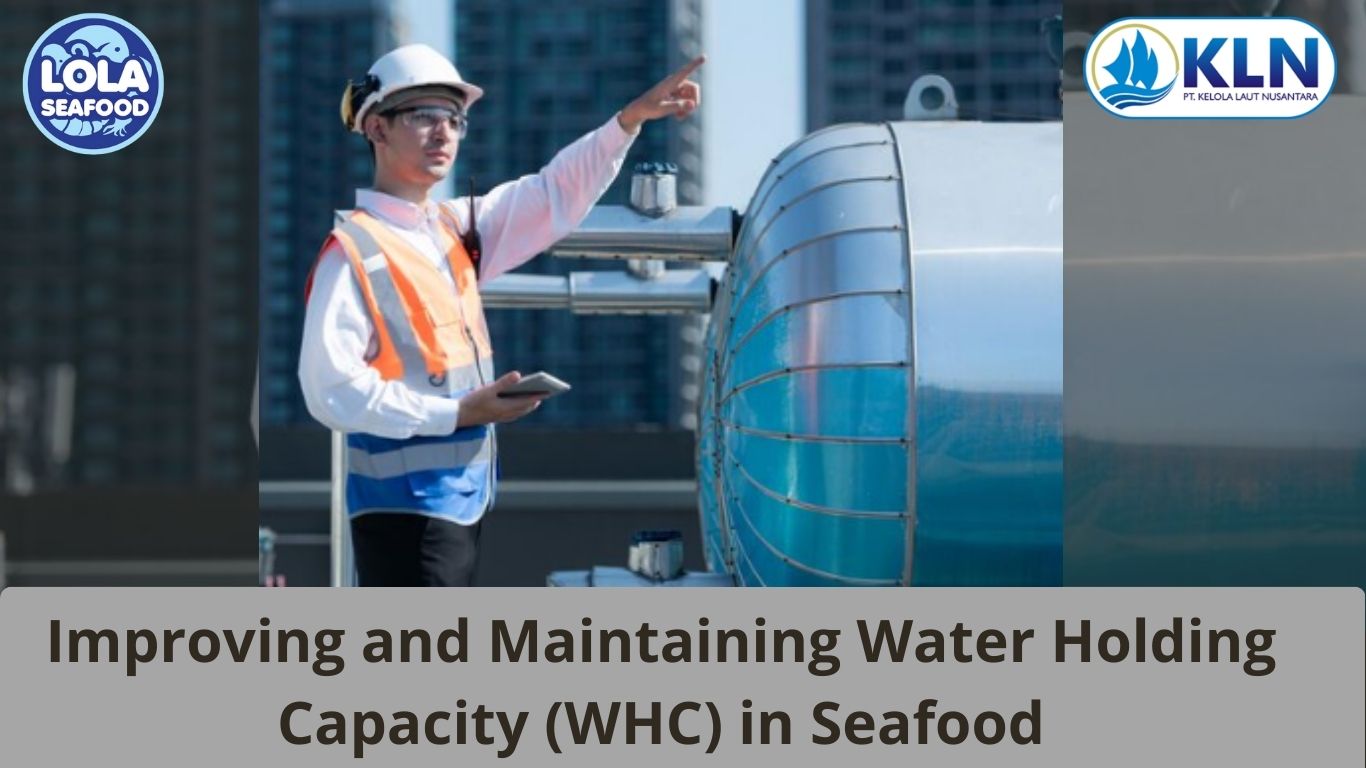
Kelolalaut.com Water Holding Capacity (WHC) is one of the most critical parameters in seafood quality management. It refers to the muscle’s ability to retain its naturally present water during processing, storage, and cooking. WHC plays a key role in determining yield, texture, juiciness, and overall consumer acceptance of seafood. When WHC is compromised, seafood loses moisture, resulting in unattractive drip loss, reduced weight, and dry, tough texture after cooking. To deliver high-quality seafood, processors and suppliers must implement strategies to improve and maintain optimal WHC throughout the supply chain.
Rapid Chilling After Harvest
One of the first and most crucial steps in maintaining WHC is rapid chilling immediately after harvest. Once a fish is caught, metabolic and enzymatic activities continue, leading to muscle deterioration if the temperature is not controlled. Chilling the fish as quickly as possible slows down enzymatic activity, reduces bacterial growth, and preserves muscle integrity.
Ice slurry systems or refrigerated seawater are widely used in the industry to achieve rapid cooling. The goal is to bring the fish core temperature close to 0°C as quickly as possible. This minimizes the extent of pH changes and prevents protein denaturation, which are key factors in maintaining WHC.
Proper Freezing Techniques
Freezing is a standard preservation method, but the way freezing is carried out can significantly affect WHC. Slow freezing leads to the formation of large ice crystals that rupture cell walls and muscle fibers. When the product is thawed, the damaged tissue cannot hold water effectively, causing excessive drip loss.
Seafood processors address this by using rapid freezing methods such as Individually Quick Freezing (IQF) or blast freezing, which create smaller ice crystals and minimize cellular damage. Storage temperature also plays a vital role. Maintaining seafood at a stable temperature below –18°C prevents recrystallization of ice, which can further damage muscle structure and reduce WHC over time.
Controlled Thawing
Even if freezing is done properly, WHC can still be compromised during thawing if the process is not carefully managed. Sudden exposure to warm temperatures or running water can shock the muscle structure, leading to significant moisture loss.
The best practice is slow, controlled thawing under refrigeration conditions, ideally at temperatures between 0–4°C. This allows ice crystals to melt gradually, reducing the amount of free water released from the tissue. For some products, vacuum-pack thawing or thawing in a temperature-controlled environment can further protect WHC and minimize microbiological risks.
Use of Functional Ingredients
Certain food-grade additives are widely used in the seafood industry to enhance WHC. Phosphates are among the most common functional ingredients for this purpose. They work by increasing the pH slightly and solubilizing myofibrillar proteins, thereby improving the muscle’s ability to bind water.
Salts and other binding agents can also improve WHC by strengthening the protein network that holds water in place. However, their use must comply with regulatory limits and be clearly declared on product labels to ensure transparency and consumer trust. Proper dosing and even distribution of these additives are critical to achieving consistent results without negatively affecting flavor or texture.
Good Handling Practices
From harvest to final distribution, careful handling is essential for maintaining WHC. Rough handling, bruising, or excessive pressure on seafood can rupture muscle fibers, leading to localized water loss and unattractive gaping in fillets. Maintaining a continuous cold chain, avoiding temperature abuse, and minimizing time between capture, processing, and freezing all help preserve WHC.
Employee training plays a crucial role in ensuring these best practices are followed consistently. Workers should be educated on gentle handling techniques, proper sanitation, and the importance of maintaining low temperatures throughout processing and storage.
Improving and maintaining Water Holding Capacity is not a single-step process but rather a series of carefully managed actions across the entire seafood supply chain. Rapid chilling after harvest, proper freezing and thawing techniques, the use of functional ingredients, and adherence to good handling practices all work together to preserve muscle structure and moisture content.
By focusing on WHC management, seafood processors can deliver products that are fresher, juicier, and more appealing to consumers while maximizing yield and profitability. In a competitive global market, prioritizing WHC is not just a matter of quality—it is a critical factor in maintaining trust, meeting customer expectations, and ensuring the long-term success of seafood businesses.
If youre interested in our Cobia Fillet Skin On , Cobia Fillet Skinless and Cobia Whole Round / Whole Gilled Gutted please do not hesitate to contact us through email and/or Whatsapp
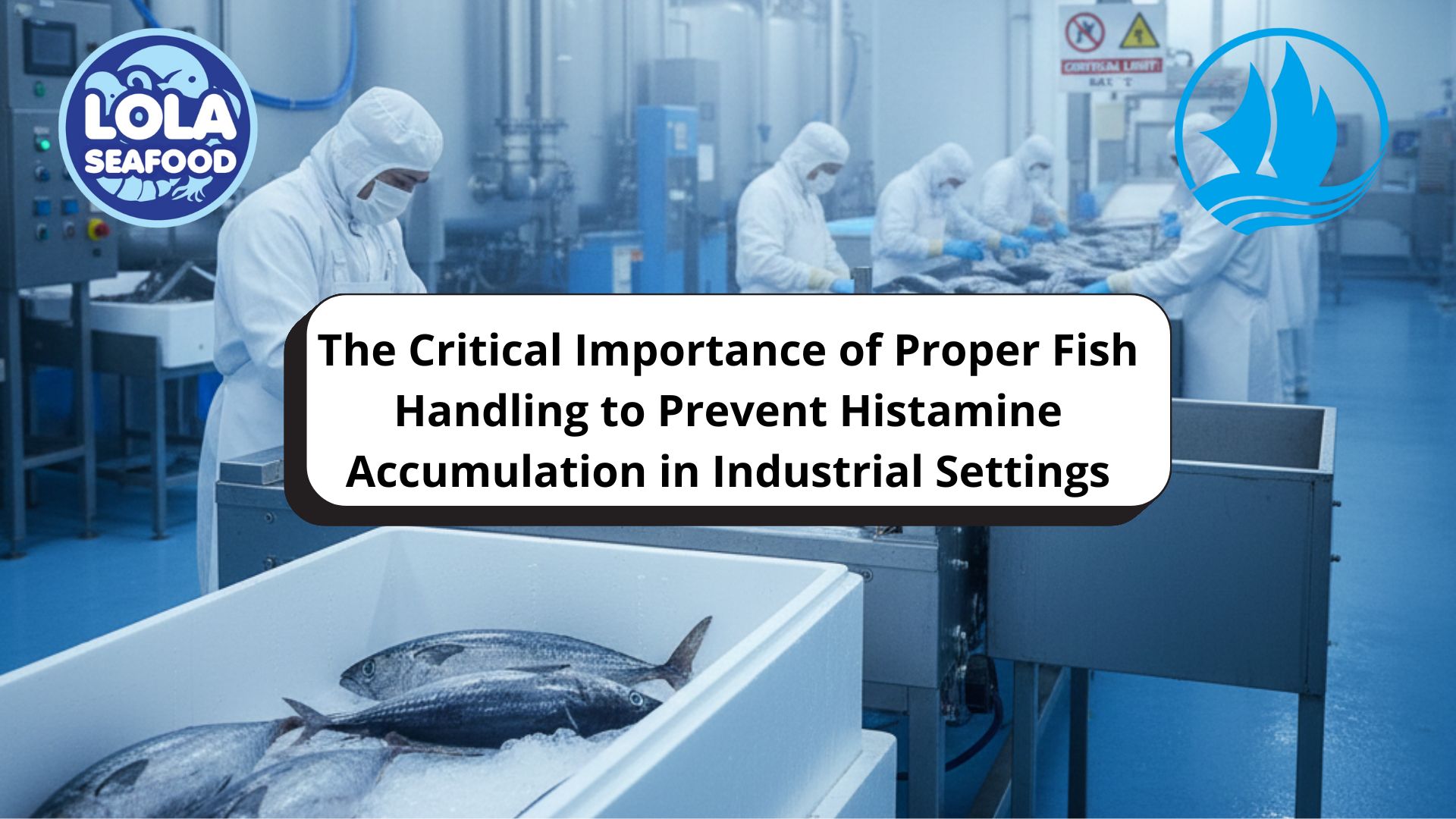
The Critical Importance of Proper Fish Handling to Prevent Histamine Accumulation in Industrial Settings
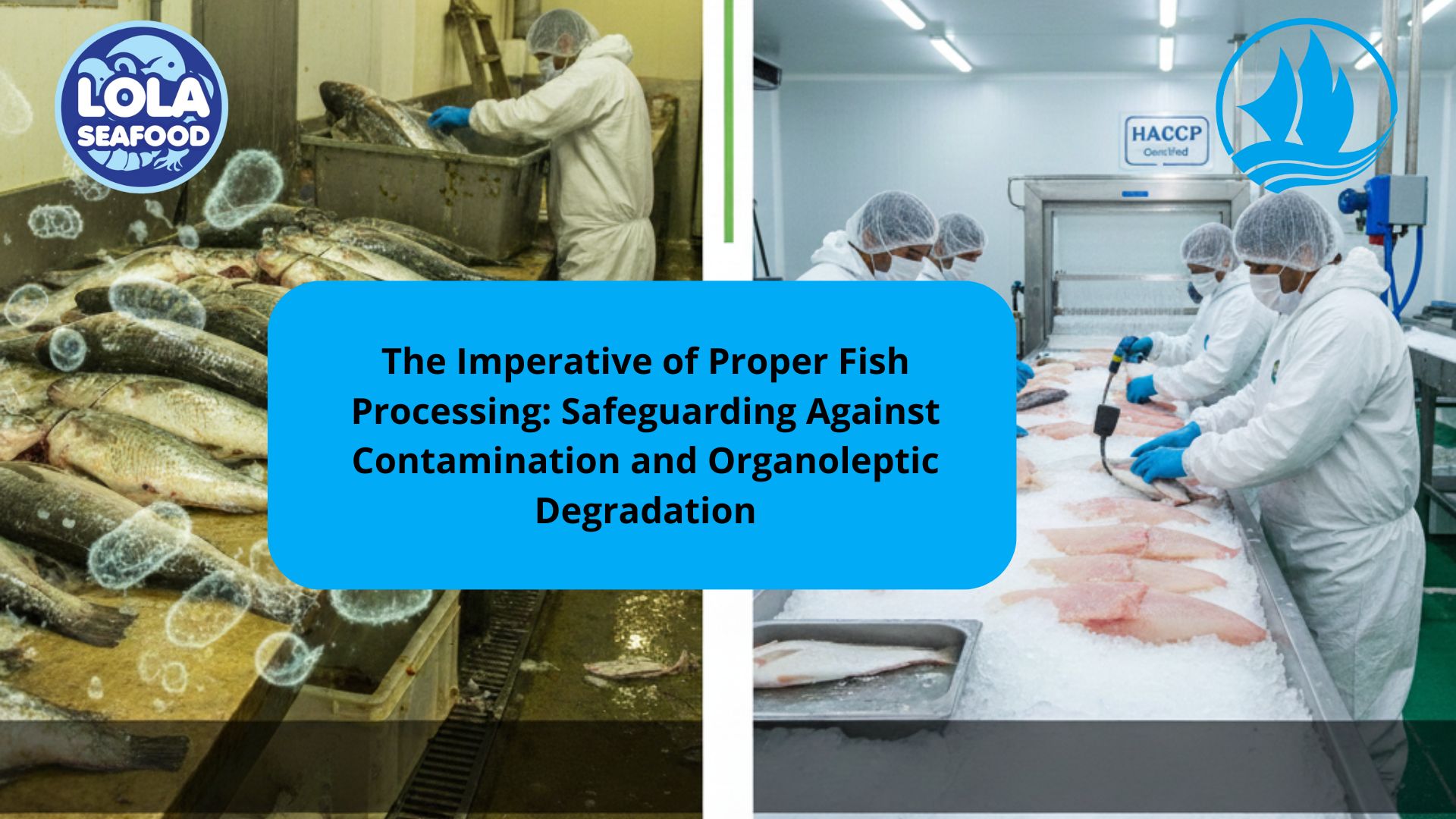
The Imperative of Proper Fish Processing: Safeguarding Against Contamination and Organoleptic Degradation
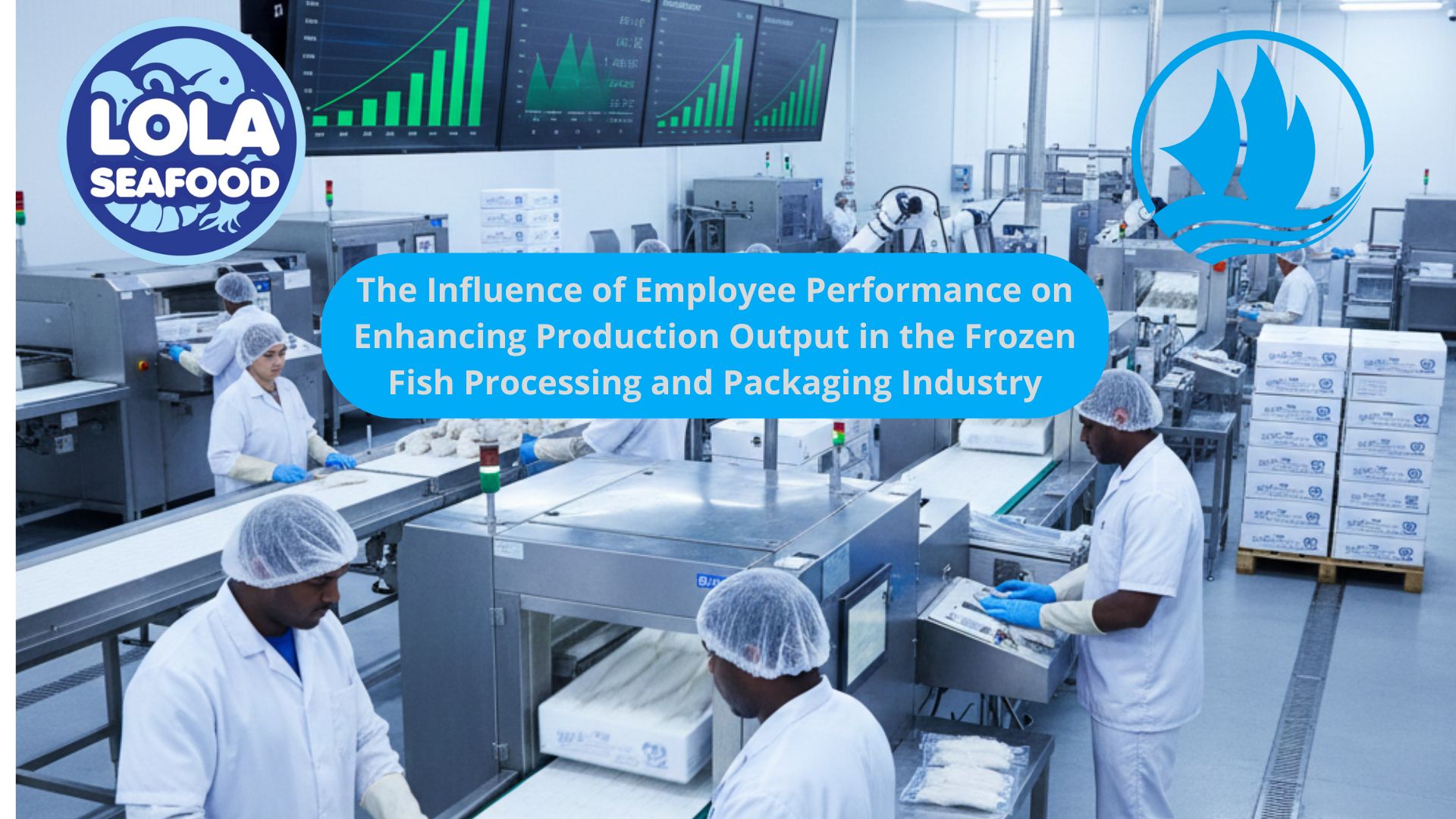

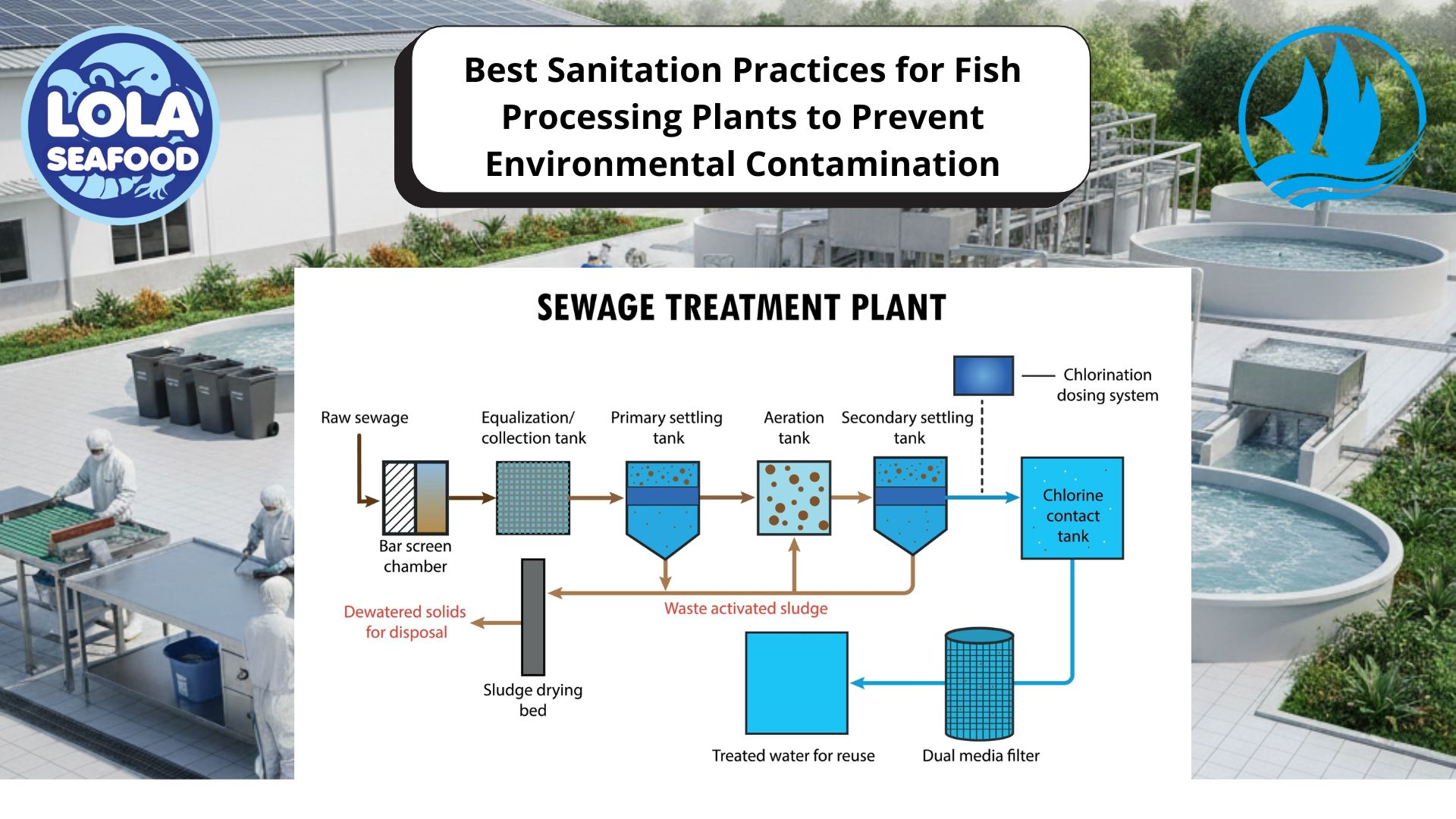

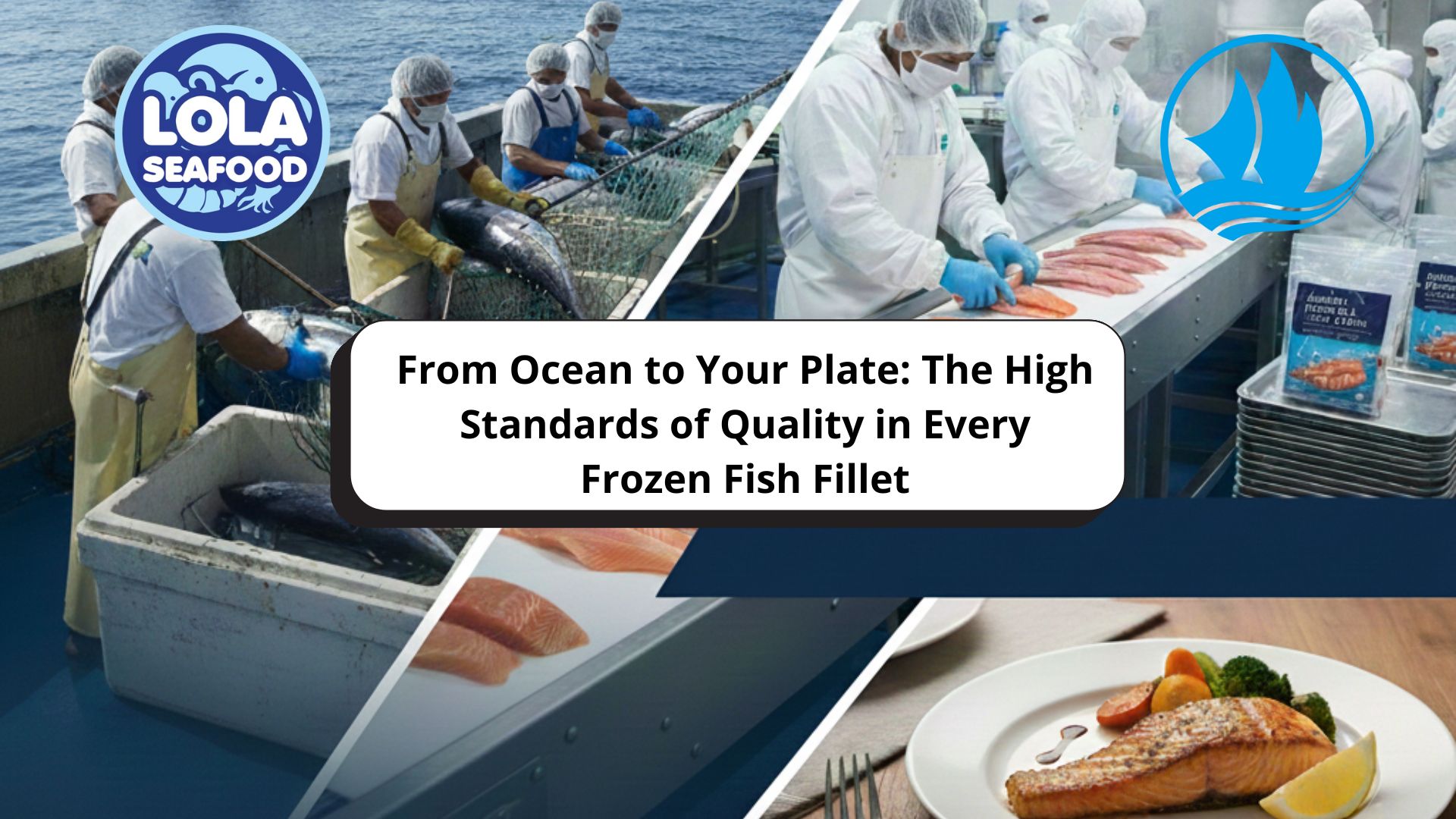

.jpg)